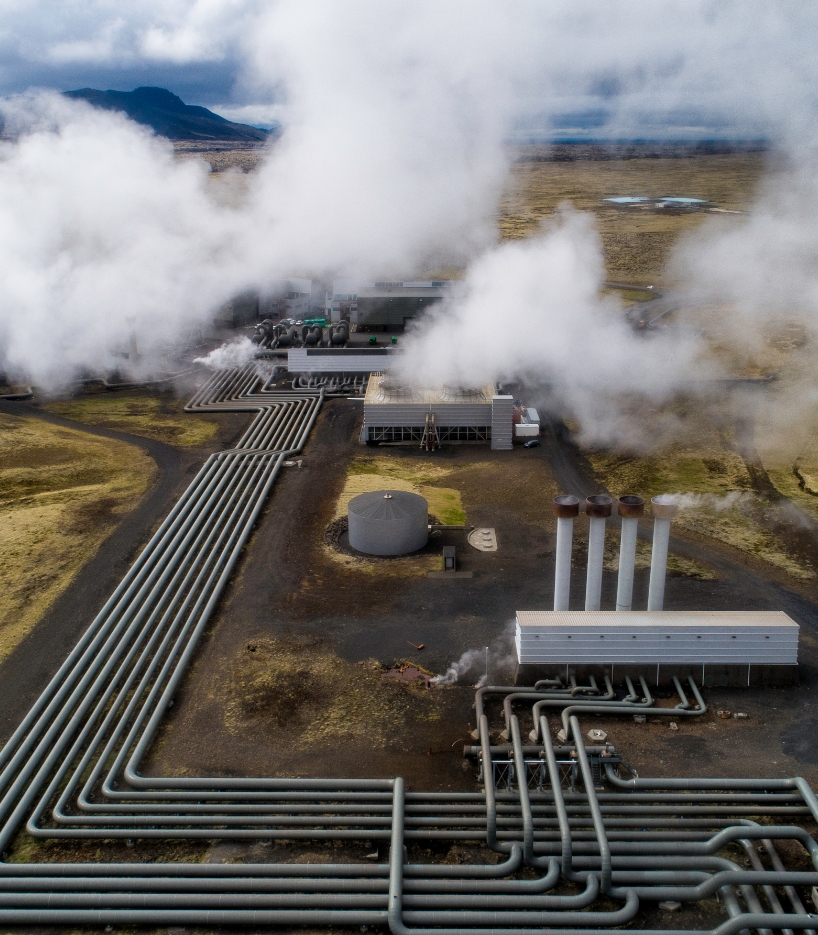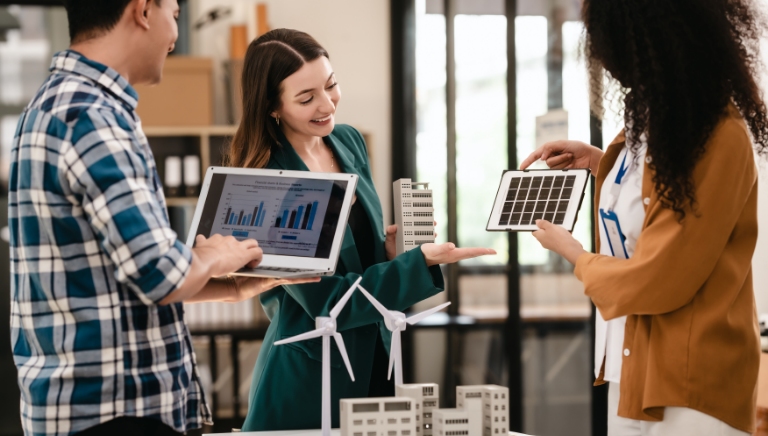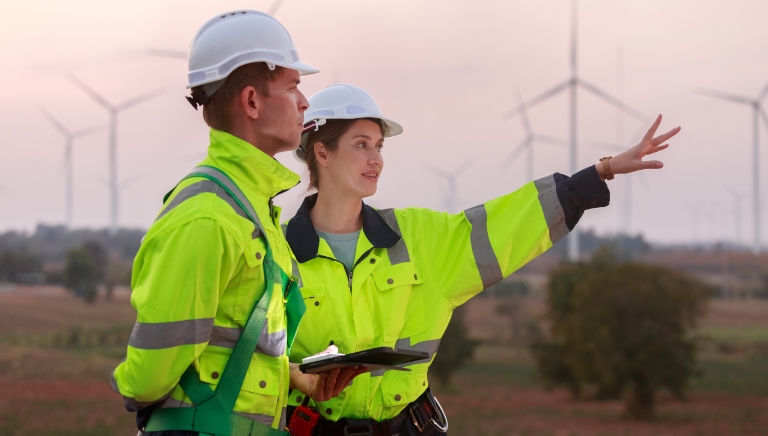
How we collaborate

Envisioning and implementing the energy ecosystem of the future must be collaborative and co‑creative.
The modern energy system has been in operation for over 140 years, continuously evolving with technological advancements and changing energy needs. Past energy systems were established through the exploitation of fossil fuels, which created a complex global network where energy flows from producers to consumers. This system, underpinned by economic, political and security strategies, has fueled extraordinary economic growth and prosperity in nations that have the means to access these resources and ensure their reliable and low-cost delivery. However, it has perpetuated and exacerbated inequity for nations and communities without access. These systems lacked the voices of the communities they served, and had shortfalls in acknowledging trade offs and unintended consequences.
Now, as we pivot towards sustainable energy sources like wind, geothermal and solar power, we see a democratization of energy potential due to their widespread geographic availability. This shift promises a more secure, economically viable and equitable energy future, reducing reliance on fossil fuels. Yet, transitioning to a clean energy future involves significant challenges. These challenges necessitate thoughtful consideration of the impacts on local communities and the environment. Through collaborating with energy and environmental experts, and engaging with local communities whose experience these impacts the most, we can build an equitable energy future.
How we collaborate

Problems are determined through varied perspectives, expertise and corroboration. Only through working across the university and in tandem with our community can we fully understand the breadth and depth of a problem.

Solutions should be envisioned through co-creation. Limiting unintended consequences and unwieldy trade offs calls for transdisciplinary collaboration across multiple colleges, communities and industries.

Implementation is a group effort, and group efforts need a community that includes the people these problems impact, the envisioners of what the future of energy can be and those who intend to make those futures a reality.
The new White House administration is looking for experts to join federal government agencies’ advisory committees. A consultancy working with ASU LightWorks® has provided a list of likely agency level advisory committees
If you have an interest, please email us indicating the committee and the expertise and insights you would bring to the panel.